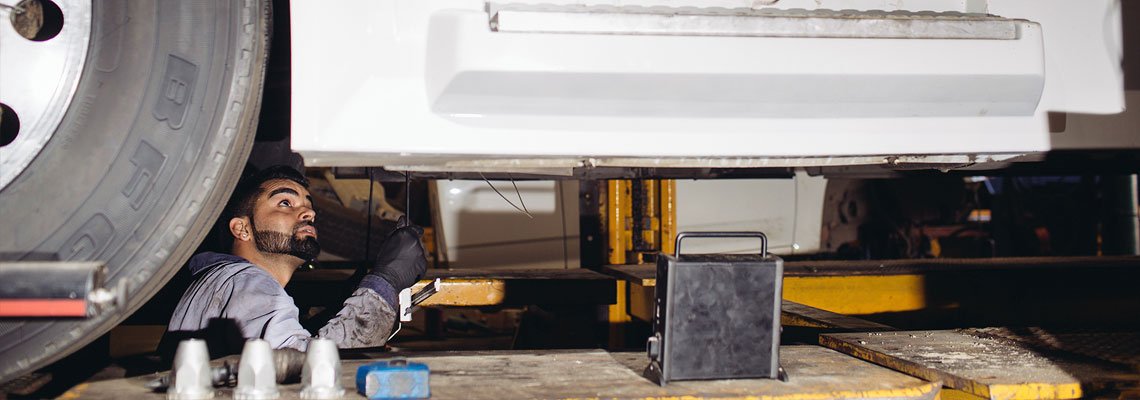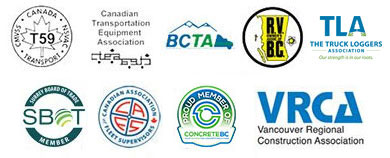- » Do you hear “squeaks” near your rear axle or wheels when you drive at low speeds?
- » Do you hear a “clunk” when stopping your vehicle?
- » Do you feel a vibration when you drive at high speeds?
These symptoms could mean a worn or dry U-joint. Fix this problem as soon as possible. If you don’t, your driveshaft could soon drop to the pavement.
Trust Vancouver Axle and Frame to inspect your U-joint and all of your drive train maintenance and repair work in the Fraser Valley, BC! A family-owned business since 1959, we work on all types of vehicles, from small passenger cars to heavy-duty commercial trucks and everything in between, including RVs and fifth wheels! Whether you need U-joints replaced, a manual transmission check, or routine service on your fleet, we fix drive trains right! Contact us now with your U-joint problems and other drive train needs!
Universal Joint (U-Joint) Basics
Most drive shafts feature two universal joints. Often called U-joints, these cross-shaped pivots are situated at either end of your drive shaft (assuming a rear-wheel-drive vehicle).
U-joints flex in two different directions. Flexion takes stress off the drive shaft. U-joints allow drive shafts to move freely and operate at many different angles–without affecting the rigid transmission shaft. U-joints also absorb the movement of the axle and wheels.
Types of U-Joints
Cross-and-roller U-joint:
Also called a Cardan’s joint or Hooke’s joint, this is the standard U-joint for rear-wheel drive and four-wheel drive vehicles.
Constant velocity U-joint:
CV joints, as they’re usually called, eliminate velocity changes caused by changes in drive angle. CV joints can transfer power through very sharp angles (up to 40-degree angles). CV joints are generally used on front-wheel- drive vehicles, although newer real-wheel-drive vehicles with independent rear suspensions also use CV joints.
Causes of wear to U-joints
- Lack of lubrication
- Idling at higher speeds
- Excessive drive angle
- Rough, abusive driving
- Water exposure to joint
During our Cross-and-Roller U-joint service, we check for:
- Looseness around roller cups
- Rust stains around roller cups
- Loose or warn joints (which causes vibration at high speeds and clanking sounds when in gear)
During our CV joint service, we drive the vehicle and listen for:
- Low-frequency humming (suggests poor lubrication of joint)
- Steady knocking sounds at low speeds while driving on straightaway
- Popping or clicking sound with sharp turns at slow speeds
- Moderate to severe side-to-side shaking on acceleration
We also perform a visual inspection on your CV joints. We:
- Check inner and outer CV boots
- Open folds of boots and look for cracks
- Inspect boot clamps
- Check driveshaft for damage
- Check CV joints for looseness
Driveline Analysis
Today’s customers set high expectations for automotive refinement in terms of noise, vibration, hardness and sound quality (NVH). The driveline of a vehicle is often named as the source of many NVH issues.
If you have NVH problems in your driveline, it can be infuriating and frustrating to try to pinpoint and correct them. You may spend hundreds, even thousands, in replacing parts, only to end up with the same problems you started with.
Let Vancouver Axle and Frame diagnose and repair your driveline RIGHT THE FIRST TIME. Our advanced diagnostic equipment and our years of experience will save you time and money and get you back on the road fast. When other shops are stumped, they trust us to fix their driveline problems RIGHT…you can trust us to fix yours, too.
Contact us now to take care of your U-joints and all of your drive train needs!







